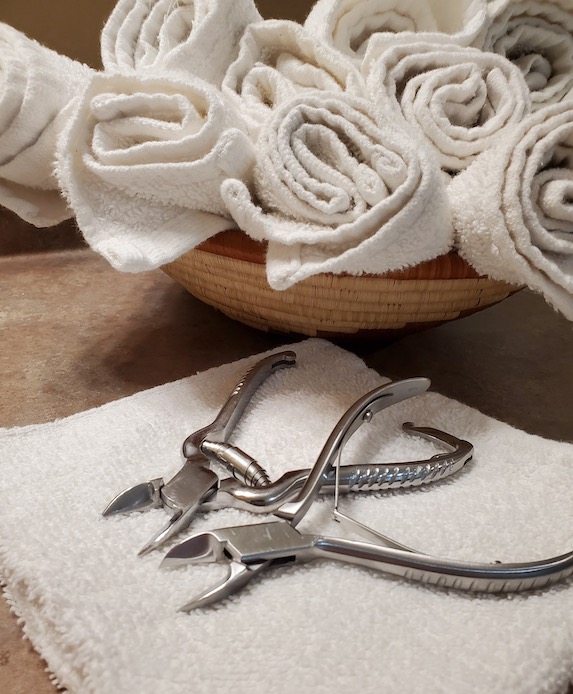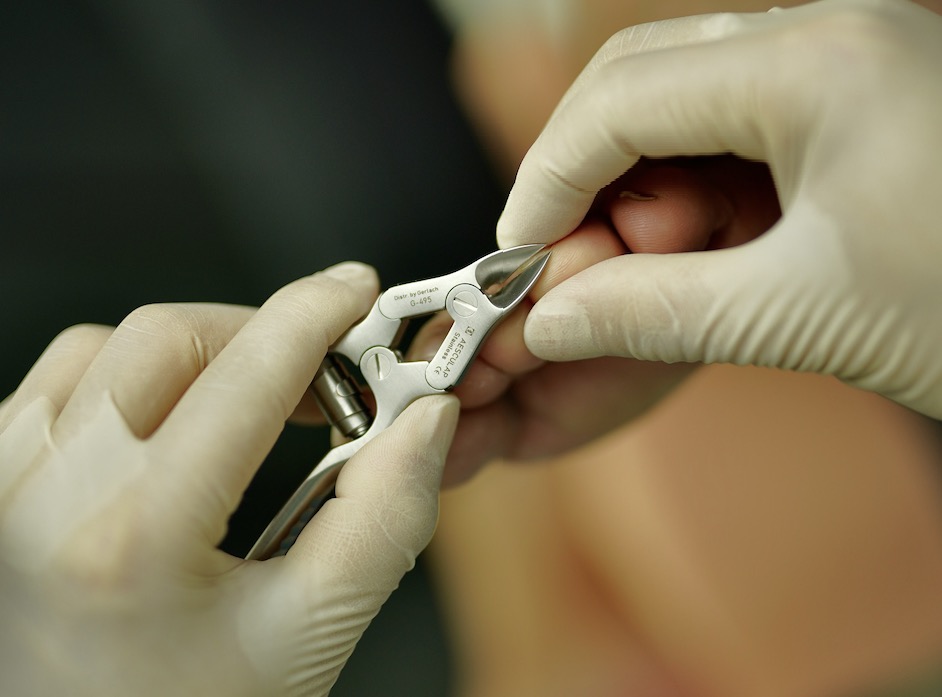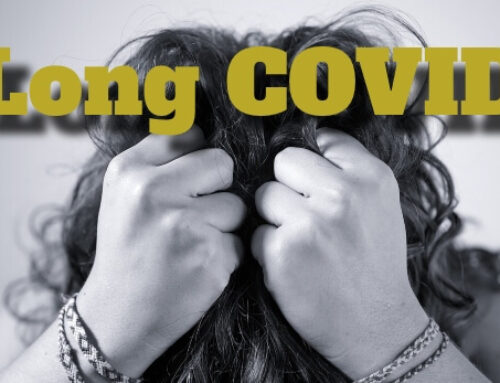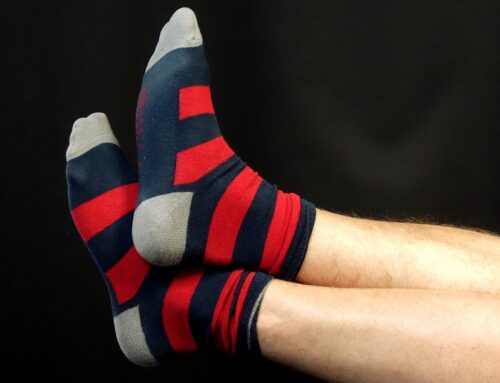Project Description
Tips for Foot Care in the Elderly
If you have an elderly loved one in your life who struggles with foot issues and needs help, it is important to know how to deal with their foot care properly. Mobility in older people is often already reduced by aches and pains that appear with age, so the addition of an untreated foot problem can really affect that person’s life in a negative way.
Foot problems can also be a sign of a more serious condition, such as blood circulation issues, neurological disorders, diabetes or arthritis. These conditions tend to become more common with the advancing of age, so monitoring foot health in elderly people becomes even more important.
In this article, we will provide a few important tips on foot care in the elderly. chiropodist near me
What is Foot Care?
Foot care consists of all those daily procedures aimed at preventing bad smells, pain, wounds, infections and mobility issues of the foot, which mostly include washing, cutting the nails and checking skin integrity. These procedures are important for any person, but they become essential for those suffering from diabetes and poor circulation.
For those who go outdoors and wear shoes every day, foot care hygiene should be done on a daily basis. Whereas, in people who do not generally go outdoors or wear shoes, hygiene can be performed a couple of times a week, except for those suffering from hyperhidrosis, diabetes or poor circulation, who should practice foot care ate least 3-4 times a week, if not daily.
Typical Elderly Foot Conditions
Hyperkeratosis – generically referred to as corns (calluses), this condition is characterised by an excess of keratin, as a result of physical forces acting on the skin such as rubbing of the shoe, abnormal weight distribution due to posture alterations and obesity.
Thickening of nails (onychauxis) – this is a consequence of micro-traumas of the nail against the shoe, due to four major causes: wrong footwear, increased toe rigidity, of foot changes in the shape and/or structure of the foot such as of the toenail digital structure, changes in toe numbers/structure, increased rigidity of toe articulations and reduced space within the shoe due to insoles.
Other Nail conditions – such as onychogryphosis (or Ram’s horn nail, a condition where one side of the toenail grows faster than the other), onychocryptosis (ingrown toenail) and onycholysis (a separation between the nail and nail bed).
A podiatrist can treat most of these conditions, allowing immediate use of footwear and immediate improvements in both walking and pain management.
Why it is so important to take care of your Feet foot elderly
Foot conditions very often result in pain and compromised mobility which can affect everyday life and a person’s self-sufficiency to the point of having serious repercussions for both the individual and their family. An elderly person who is afraid of standing and walking is also more likely to give up on complex activities such as bathing or showering, cutting toenails, doing housework, climbing stairs and leaving the house. But if a person can’t stand up and walk independently, this is bound to also affect more basic skills such as taking care of personal hygiene (hand and face washing, dressing and undressing, using the bathroom and getting in and out of bed). In this regard, regular and proper foot care can significantly reduce the risk of falls and fractures, but also improve the general quality of life of an elderly person.
Useful Tips for Foot Care elderly
When providing care for an elderly person, you should always pay attention to the following in regards to their feet:
1 – Check the elderly person’s feet on a regular basis – every day if they are diabetic. Since blood circulation slows down as people age, an older person may not feel or notice a problem in its early stages. Pay attention to things such as ingrown toenails, nail fungus, corns, calluses and skin ulcers.
2 – Wash the feet daily with a mild, moisturizing soap, and rinse with warm water (about 37 degrees). Dry the feet delicately but thoroughly with a clean towel, taking care to also dry between the toes.
3 – Keep the toenails trimmed, but avoid trimming too close to the skin. Cut the nail straight, and avoid bending the nail, as this increases the risk of an ingrown toenail. Clean under the toenails after you finish cutting them. If the person is diabetic or has particularly thick toenails, it might be worth getting the help of a podiatrist for this as the risk of wounds and infections is increased.
4 – If the feet are extremely dry and chapped you should use a lotion to moisturize and let it absorb properly before putting on any shoes.
5 – Socks should be changed every day, preferring those made in natural fiber. Also, ensure that only suitable and comfortable shoes are worn, that are wide enough for the foot, closed, with a rounded toe, and heels no higher than 3-4 cm. Also, it is not good to wear a pair of new shoes for many hours in a row.
6 – Take your loved one to a podiatrist if you notice painful calluses or bunions or other foot disorders, as it is important to seek a professional practitioner.
How to Wash Feet Properly?
To provide foot hygiene, you will need a basin where you can comfortably soak your feet, a plastic bottle or jug containing warm or cool water, liquid soap, towels and foot cream.
If the person can sit up, they can be seated on a chair, sofa or the edge of the bed, making sure that the position can be tolerated for as long as necessary. Whereas, if the person cannot sit down, you can spread the towel on the bed, bend their knees and dip their feet in the basin, even one at a time if easier.
After immersing the feet in water for about 5 or 10 minutes, you can wash them with soapy water, paying attention to also address areas between the toes. Once the feet have been rinsed thoroughly, you should dry carefully them with a clean towel. Humidity can promote the formation of small sores that can degenerate into infected wounds, so you should pay particular attention in drying the feet properly. You can then apply moisturizing cream and proceed to cut the nails.
How to Cut the Nails
It is advisable to cut the nails after the foot bath and possibly extend the foot bath time if the nails are very hard.
Make sure to wash your hands and prepare all instruments beforehand, such as nail clippers, nail file, cotton or gauze and antiseptic. The most important rule is that the nails must be cut horizontally, and never round the corners, to prevent them from ingrowing.
With both the clippers and the nail clippers, position the blade at the desired length and, before proceeding with the cut, you can wrap the nail (simply by placing a gauze around it) to prevent the cut nail from being dispersed into the environment.
Once you have finished, wash the clippers with the sanitizer with soap and warm water, dry them thoroughly, disinfect them, or preferably have them sterilized. In some situations, such as in diabetic patients or those with circulatory problems, it is advisable to use the file rather than the clippers where possible, as the latter are more prone to causing wounds.
How to Manage Skin Lesions foot care elderly
Any wound, even small, can become infected, so wash it immediately with soap and water, disinfect it and go to the doctor if it does not improve within 3 days. Avoid cleaning small lesions with colored disinfectants (e.g. iodine tincture, betadine, neomercide chromium, etc.) which, by covering the ulcer area, do not allow you to discover in time the signs of a spreading infection. In case of skin lesions or nail anomalies, promptly refer to a chiropodist or a Doctor.
Conclusion
Feet should never be neglected. They are always covered by socks, shoes or slippers and their hygiene must be taken care of daily. It is very important to keep the interdigital spaces well cleaned and dry as it avoids the proliferation of mycosis. In addition to daily cleaning, the nails must be shortened at least once every 7/10 days.
In the presence of conditions involving the nails, it is advisable to call a podiatrist who, with the use of appropriate tools, will treat your nails in such a way as not to give rise to problems.
With Medelit you can receive the treatment of a qualified and experienced chiropodist directly at home.
FURTHER READING: Painful Foot Disorders in the Geriatric Population: A Narrative Review
You might be interested in… |
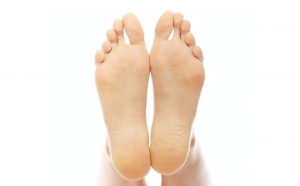
Podiatrist at Home
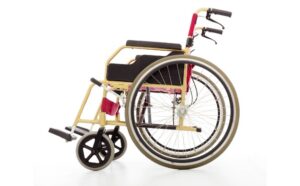
Home Physiotherapy

GP Home Visits



